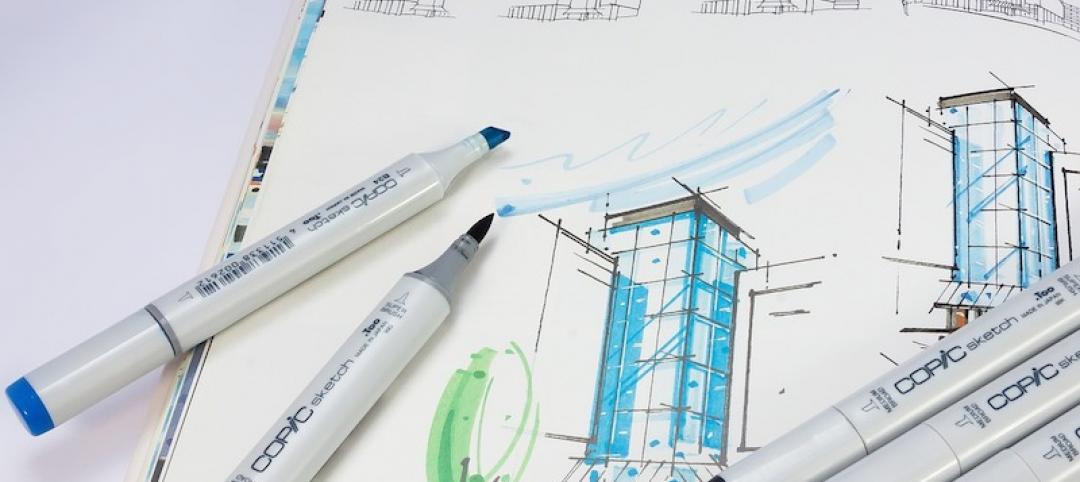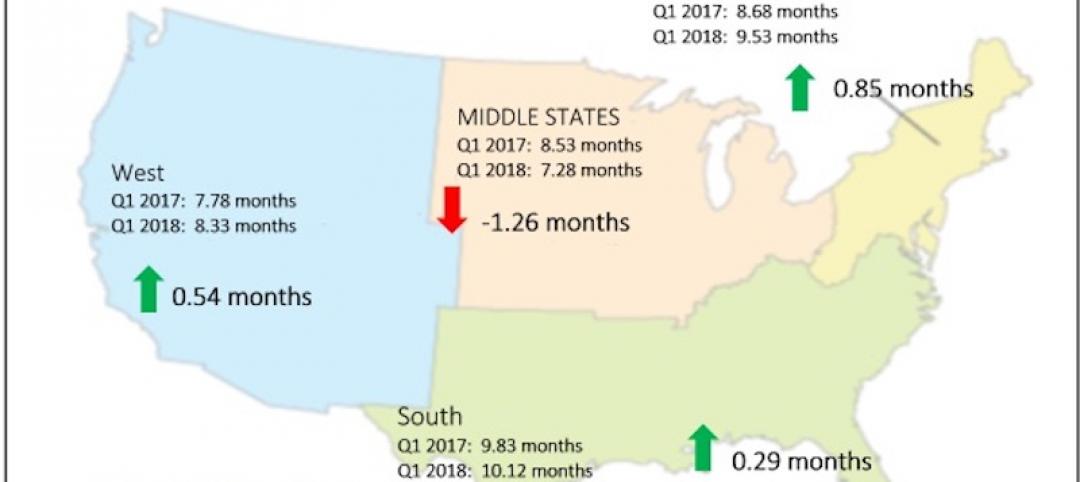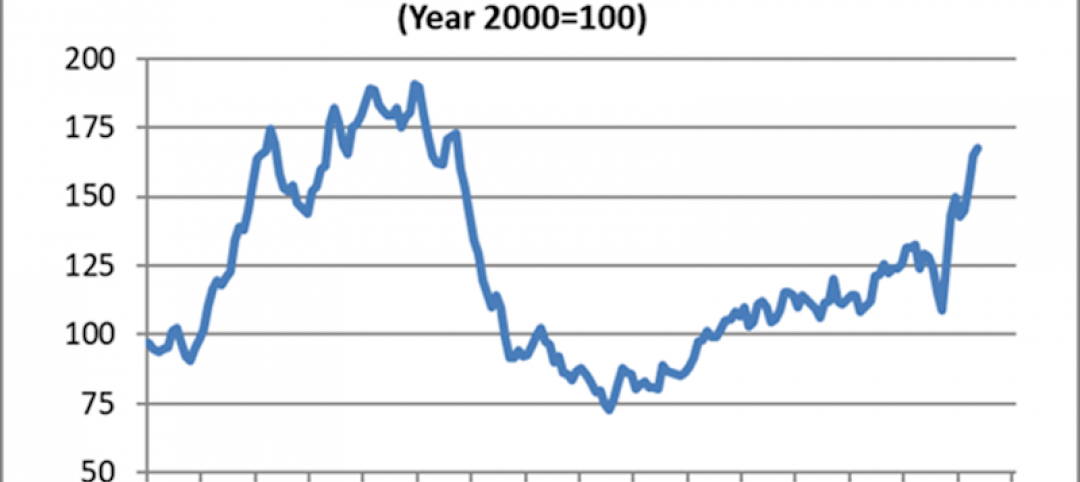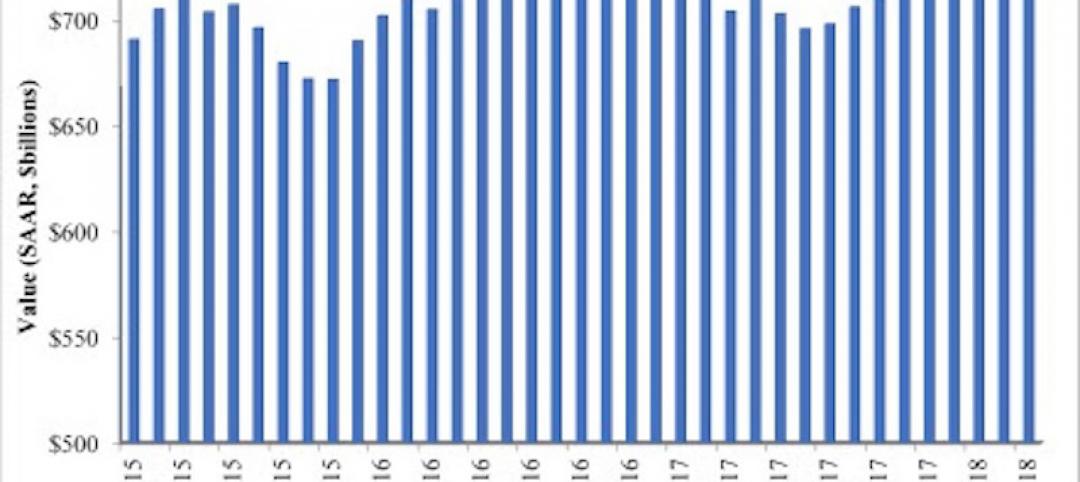Growing materials costs and dwindling talent pools coupled with looming political and economic uncertainty is leaving construction leaders grappling with serious challenges. But where there is greater challenge, comes greater opportunity. According to JLL’s latest report on United States construction activity there is stability ahead with indicators showing a growing backlog of contractor work and seasonal construction spending up 5.7% year-over-year.
But that’s not all. A closer look at the construction industry’s biggest challenges reveals some unexpected opportunities amidst the adversity.
“Many of the biggest industry issues have been consistent over the past year and are nothing new to industry experts,” said Mason Mularoni, Senior Research Analyst, JLL Project and Development Services. “These challenges are leading to a shift in traditional thinking, giving way to more innovation and a greater use of technology. This creates opportunities to generate better project efficiency and save on costs.”
Challenge or opportunity? You decide.
The seemingly interminable labor shortage: Construction unemployment continues to reach historic lows, sitting at 5.3% while hourly wages increase and outpace inflation. This is stretching project budgets and timelines, resulting in a heightened focus on productivity enhancement.
The silver lining? In an industry too often bogged down by contract and paper-passing to get work done efficiently, construction leaders are beginning to rethink the role of technology in day-to-day operations. Unified communications systems save time on paperwork, streamline communications and create better workflows and document sharing between teams. Investing in cloud and mobility solutions helps architects, designers and crew leaders communicate no matter where their works takes them.
Rising costs of materials: Over the last 12 years, materials costs have risen by nearly 30%, with 10% of the change happening in the last five years. With continued construction demand for materials and unknowns surrounding tariffs and international import changes, we can only wait and see when cost increases will slow.
The silver lining? The advent of building information modeling (BIM), artificial intelligence (AI) and modular construction are enabling firms to build more with less material and less waste. BIM technology allows architects and developers to reduce waste in both building and in operations. By knowing exactly how much to plan for, they can save on up-front materials costs. AI is helping firms to optimize materials distribution, while advances in modular construction is also reducing materials waste through recycling, more controlled inventory and enhanced quality control. Such innovations may not come cheap up-front, but they could contribute to cost savings down the line.
Overbuilding anxiety: The U.S. economy has grown steadily, quarter-over-quarter, since the Great Recession—and so has the commercial real estate and development industry. With construction pipelines showing no signs of slowing, many industry leaders are beginning to wonder when the next slowdown might occur.
The silver lining? Planning for different scenarios is an excellent mitigate uncertainty. And the better the analytics at hand, the clearer the outlooks become. Planning tools specific to construction activity are becoming more common, like apps that specifically exist to help project managers track complex data sets like capital planning and change management statistics. By taking long term goals into account, construction firms can begin to make slight changes such as buying materials early for large projects, building a solid pipeline of future work and considering risk carefully when opening a new multi-year development. All of these ideas can help firms move through the upcoming years with confidence and stability.
“Analyzing and tracking challenges like the skilled labor shortage and rising construction costs has allowed us to understand the biggest worries our clients have when it comes to their projects,” said Todd Burns, President, JLL Project and Development Services. “Because of this we are able to offer experience, technology solutions and non-traditional approaches to ease their minds and maximize proficiency.”
Download the latest JLL United States Construction Outlook here.
Related Stories
Market Data | Jun 26, 2018
Yardi Matrix examines potential regional multifamily supply overload
Outsize development activity in some major metros could increase vacancy rates and stagnate rent growth.
Market Data | Jun 22, 2018
Multifamily market remains healthy – Can it be sustained?
New report says strong economic fundamentals outweigh headwinds.
Market Data | Jun 21, 2018
Architecture firm billings strengthen in May
Architecture Billings Index enters eighth straight month of solid growth.
Market Data | Jun 20, 2018
7% year-over-year growth in the global construction pipeline
There are 5,952 projects/1,115,288 rooms under construction, up 8% by projects YOY.
Market Data | Jun 19, 2018
ABC’s Construction Backlog Indicator remains elevated in first quarter of 2018
The CBI shows highlights by region, industry, and company size.
Market Data | Jun 19, 2018
America’s housing market still falls short of providing affordable shelter to many
The latest report from the Joint Center for Housing Studies laments the paucity of subsidies to relieve cost burdens of ownership and renting.
Market Data | Jun 18, 2018
AI is the path to maximum profitability for retail and FMCG firms
Leading retailers including Amazon, Alibaba, Lowe’s and Tesco are developing their own AI solutions for automation, analytics and robotics use cases.
Market Data | Jun 12, 2018
Yardi Matrix report details industrial sector's strength
E-commerce and biopharmaceutical companies seeking space stoke record performances across key indicators.
Market Data | Jun 8, 2018
Dodge Momentum Index inches up in May
May’s gain was the result of a 4.7% increase by the commercial component of the Momentum Index.
Market Data | Jun 4, 2018
Nonresidential construction remains unchanged in April
Private sector spending increased 0.8% on a monthly basis and is up 5.3% from a year ago.

















